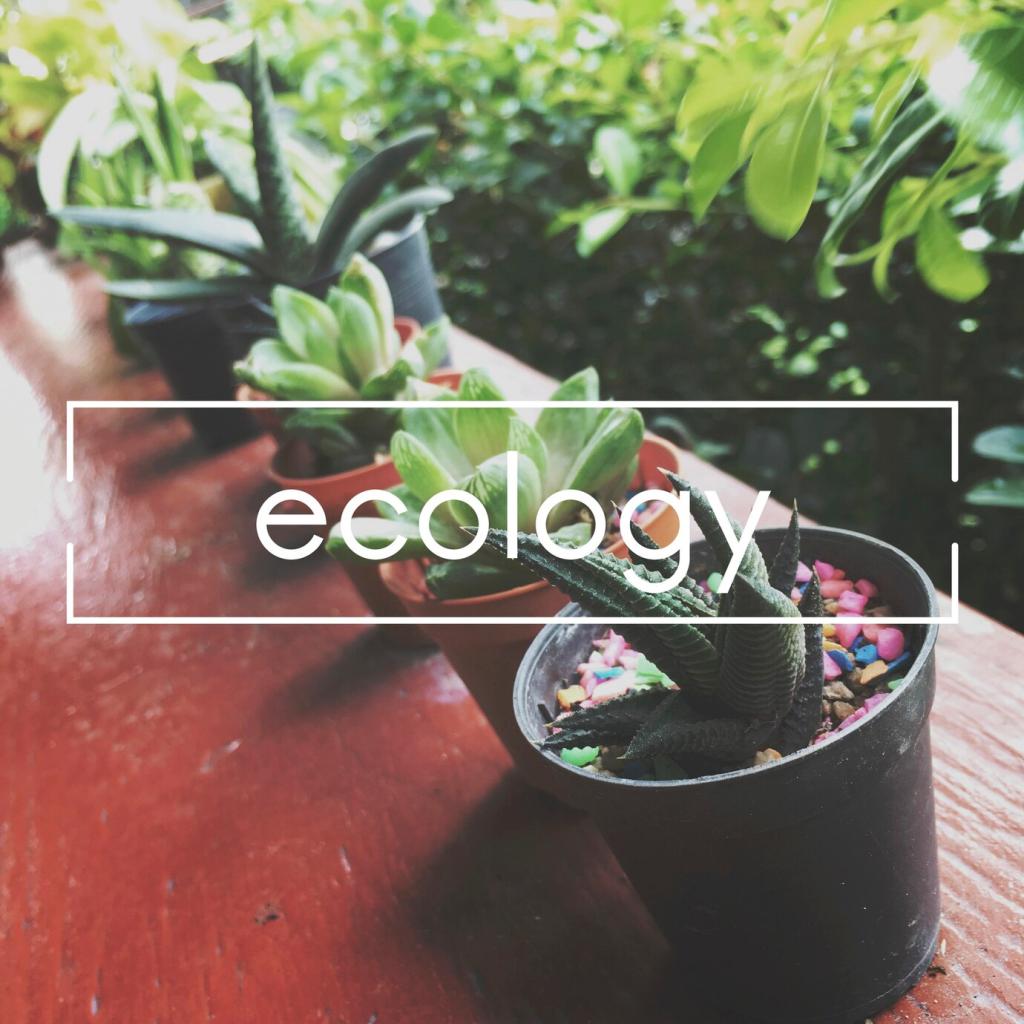Natural Leather Care Without the Guesswork
Most finished leather needs only a barely damp cloth and a drop of mild soap on stubborn spots. Wring cloths thoroughly to avoid water marks, and never use bleach or ammonia. Skip vinegar on aniline leather, which can strip color. Dry with a soft towel and allow air circulation. The goal is to remove surface soils while preserving the natural oils that give leather its comfortable character.
Natural Leather Care Without the Guesswork
Blend one part beeswax, one part shea butter, and three parts jojoba oil until smooth. Use a pea-sized amount for a whole cushion, spreading thinly and buffing after a few minutes. This breathable balm restores luster without tackiness. Seasonal application is usually enough. I revived a thrifted club chair this way; the leather relaxed, fine lines softened, and the gentle scent made the reading nook feel special.




